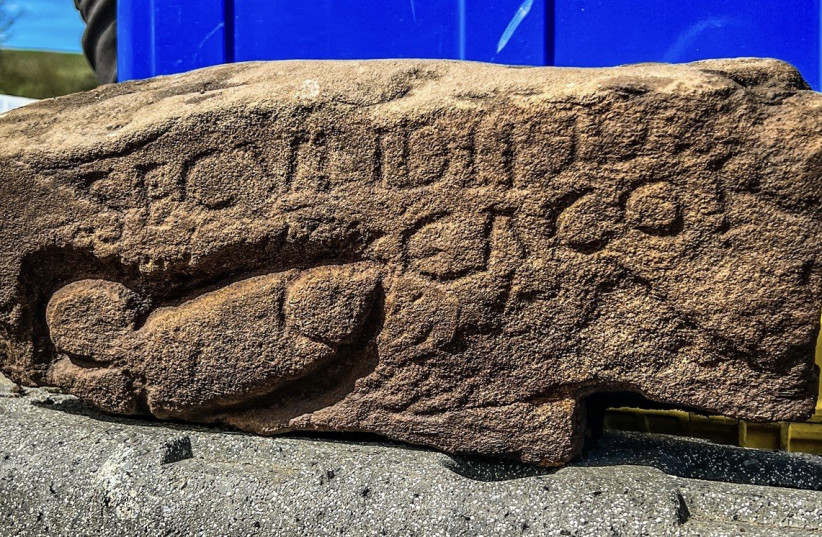A phallus-shaped wooden object from 2,000 years ago unearthed in 1992 is now believed to be evidence that Romans used sex toys, according archaeologists whose examination of the object was published in the peer-reviewed journal Antiquity on Sunday.
Originally, the penis-shaped artifact was recorded as being a darning tool, according to the study. The item was discovered in northern England in a ditch near Hadrian’s Wall, the site that once marked the northwest border of the Roman Empire. Now, however, researchers have reinterpreted the artifact as a disembodied phallus and, by examining it closely, have concluded some of its most likely potential uses.
The artifact measures just over six inches long and is now believed to be an object intended for clitoral stimulation, not penetration, according to the study. Researchers added that if the archaeological find is indeed a sex toy, it represents the only known example of a “non-miniaturised” wooden phallus from Roman times.
Why are such objects uncommon in archeological finds?
Dildos were more likely to have been made from organic materials, the researchers noted. Therefore, they have not been known to routinely survive, according to the study.
Potential uses of the artifact beyond sex
If the object is a sexual tool, it might not always have been used exclusively as a sex toy. Researchers noted three possible interpretations.

The object could have been used by a slave owner on an enslaved person, whether male or female, for torture or to assert dominance, reinforcing power imbalances, according to the study.
Furthermore, it could have been used as a symbol of luck, researchers say, offering protection for the entrance to key buildings as phallus objects were commonly used to avert evil or bad luck.
An alternative interpretation, suggested by the convex shape of the base of the phallus is that the object was used as a pestle. The uniform convex and smooth basal surface may have resulted from grinding, or mixing, materials, while the greater wear on the other end of the phallus may indicate where it was held during the process.
